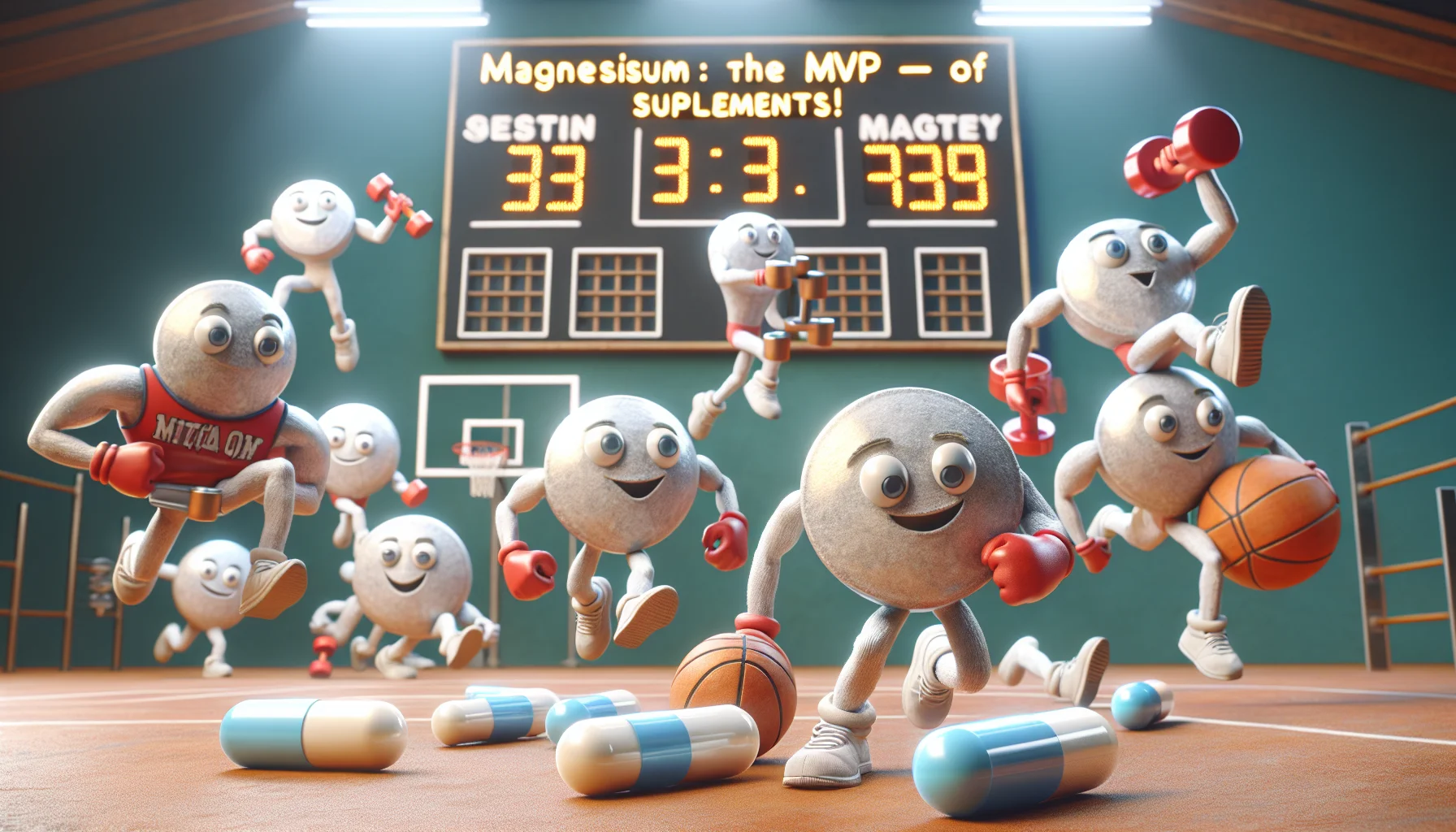Magnesium turnings Quiz
Test Your Knowledge
Question of
Understanding Magnesium Turnings in Sports Equipment
Magnesium turnings, often utilized in the manufacturing of sports equipment, play a crucial role due to their unique properties. Magnesium, being one of the lightest structural materials, contributes to the creation of lightweight yet sturdy sports gear. This is particularly beneficial in sports where the weight of the equipment significantly impacts performance, such as in cycling or racing. Moreover, magnesium's excellent vibration damping capabilities enhance the comfort and performance of athletes by reducing fatigue. Its high strength-to-weight ratio also allows for the design of more aerodynamic shapes without compromising durability or safety. Thus, magnesium turnings are integral in developing advanced, high-performance sports equipment that helps athletes achieve their best.
The Benefits of Magnesium Turnings for Athletes
Magnesium turnings, often used in the manufacturing of sports equipment, play a significant role in enhancing the performance and durability of gear used by athletes. This lightweight yet strong material contributes to the creation of sports equipment that is not only easier to handle but also withstands the rigors of intense activities. The incorporation of magnesium turnings in the production process results in gear that offers superior strength-to-weight ratios, a crucial factor for athletes seeking to maximize efficiency and performance without being bogged down by heavy equipment. Furthermore, the natural vibration-damping properties of magnesium help in reducing fatigue, allowing athletes to perform at their best for longer periods.
Types of Sports Equipment Made with Magnesium Turnings
- Golf club heads
- Bicycle frames
- Baseball and softball bats
- Ski bindings
- Mountaineering equipment
- Racquet frames for tennis, squash, and badminton
- Skateboard trucks
- Outdoor gear parts such as carabiners
The Manufacturing Process of Sports Equipment Using Magnesium Turnings
The process of incorporating magnesium turnings into sports equipment begins with the collection and preparation of high-quality magnesium scraps. These turnings are then melted in a controlled environment to ensure purity and consistency. The molten magnesium is then mixed with other metals to create an alloy tailored for specific sports equipment, offering a balance between lightweight characteristics and strength. This alloy is cast or extruded into components such as bike frames, golf club heads, and racquet frames. The components are then cooled, machined, and finished to meet precise specifications. The use of magnesium turnings not only makes the sports equipment lighter and more durable but also contributes to recycling efforts by utilizing metal scraps efficiently.
Comparing Magnesium Turnings with Other Metals in Sports Equipment
| Metal | Density (g/cm3 ) | Strength | Corrosion Resistance | Cost |
|---|---|---|---|---|
| Magnesium Turnings | 1.74 | Medium | Good with coating | Medium |
| Aluminum | 2.70 | High | Excellent | Low |
| Steel | 7.85 | Very High | Varies (poor without treatment) | Low |
Safety and Maintenance Tips for Magnesium Turnings Equipment
- Always wear protective gear, including gloves and eye protection, when handling magnesium turnings equipment to prevent injury.
- Store magnesium turnings equipment in a cool, dry place to avoid corrosion and deterioration.
- Regularly inspect equipment for any signs of wear or damage, such as cracks or corrosion, and repair or replace as necessary.
- Keep magnesium turnings away from open flames or high heat sources, as magnesium is highly flammable.
- Use only non-sparking tools when working on or with magnesium turnings equipment to prevent accidental ignition.
- Clean the equipment after each use with a damp cloth to remove dirt and perspiration, avoiding harsh chemicals that may damage the magnesium surface.
- Ensure that any lubricants or cleaners used are compatible with magnesium to prevent chemical reactions that could weaken the equipment.
- Follow the manufacturer’s instructions for care and maintenance to extend the life of the equipment.
- Train all users on the proper use of the equipment to prevent accidents and injuries.
- Dispose of magnesium turnings or equipment responsibly, following local regulations for hazardous materials.
Future Trends in Sports Equipment Manufacturing with Magnesium Turnings
The use of magnesium turnings in sports equipment manufacturing is poised to revolutionize the industry by offering lighter, stronger, and more environmentally friendly alternatives to traditional materials. As manufacturers increasingly focus on sustainability and performance, magnesium's low density and high strength-to-weight ratio make it an ideal candidate for the next generation of sports equipment. Innovations in processing and alloying techniques are expected to further enhance the material's properties, enabling the creation of sports gear that not only boosts performance but also contributes to the global push for greener manufacturing practices. Additionally, the advent of 3D printing technologies opens up new possibilities for customized equipment, tailored to the specific needs and preferences of athletes, while minimizing waste. As these trends continue to develop, magnesium turnings are set to become a cornerstone in the quest for advanced, sustainable sports equipment.












